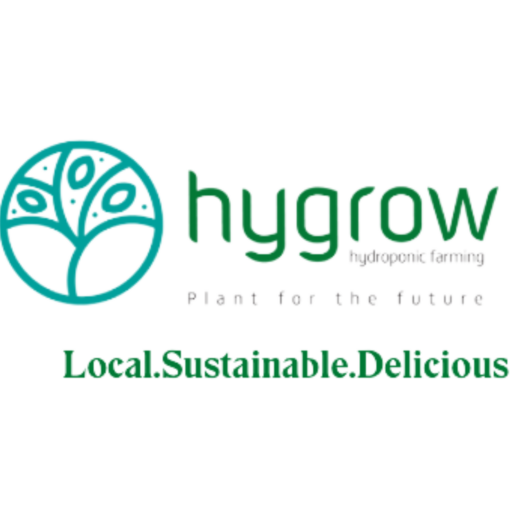
Navigating the Challenges of Vertical Farming: A Growing Revolution.
Vertical farming, touted as a revolutionary approach to sustainable agriculture, holds the promise of feeding an ever-growing global population while minimizing the environmental impact of traditional farming. By stacking crops in vertical layers within controlled environments, this method maximizes space and resources. However, like any pioneering endeavor, vertical farming faces its own set of challenges that require careful consideration and innovative solutions.
- High Initial Costs:
One of the primary challenges of vertical farming is the substantial initial investment required to set up the infrastructure. Building vertically integrated farms with advanced technologies such as hydroponics, aeroponics, and LED lighting demands significant capital. While the costs are expected to decrease with advancements in technology and economies of scale, the initial financial barrier remains a hurdle for widespread adoption.
- Energy Consumption:
The energy-intensive nature of vertical farming poses a significant challenge. The need for artificial lighting, climate control, and other technological systems can result in a substantial carbon footprint if not powered by renewable sources. Finding sustainable and energy-efficient solutions is crucial to ensure that the environmental benefits of vertical farming are not offset by high energy consumption.
- Technological Complexity:
Vertical farms rely heavily on advanced technologies for monitoring and controlling environmental factors such as temperature, humidity, and nutrient levels. The integration of these technologies demands a skilled workforce and ongoing maintenance. Ensuring that farmers have the necessary training and support to manage these complex systems is crucial for the success of vertical farming.
- Crop Selection and Diversity:
While some crops are well-suited for vertical farming, others may pose challenges. The diversity of crops that can be effectively grown in vertical systems is a limitation that needs to be addressed. Staple crops like grains, which constitute a significant portion of the global diet, are not easily cultivated in vertical farms, limiting the scope of this farming method in providing a comprehensive solution to food security.
- Space Limitations:
Contrary to the idea of maximizing space, vertical farms still face spatial constraints. The stacking of crops can result in shading, limiting the amount of light reaching lower layers. Efficient use of space and the optimization of crop layouts are ongoing challenges that require careful planning and experimentation.
- Water Usage:
While vertical farming is often associated with reduced water usage compared to traditional agriculture, efficient water management remains a challenge. The closed-loop systems used in vertical farms require precise control of water levels, nutrient concentrations, and irrigation schedules. Striking a balance between water conservation and providing adequate hydration for crops is essential.
- Market Viability and Consumer Perception:
The market viability of vertical farming products and consumer acceptance are crucial for the success of this agricultural method. Convincing consumers of the benefits, including fresher produce, year-round availability, and reduced environmental impact, is a communication challenge. Additionally, the economic competitiveness of vertical farming products compared to conventionally grown counterparts must be addressed to ensure long-term success.
Conclusion:
Vertical farming holds immense potential to transform the future of agriculture, offering sustainable solutions to food production challenges. However, addressing the challenges mentioned above requires a collaborative effort from researchers, technologists, policymakers, and farmers. As technology advances and practices evolve, overcoming these obstacles will pave the way for a more efficient, resilient, and sustainable global food system.
